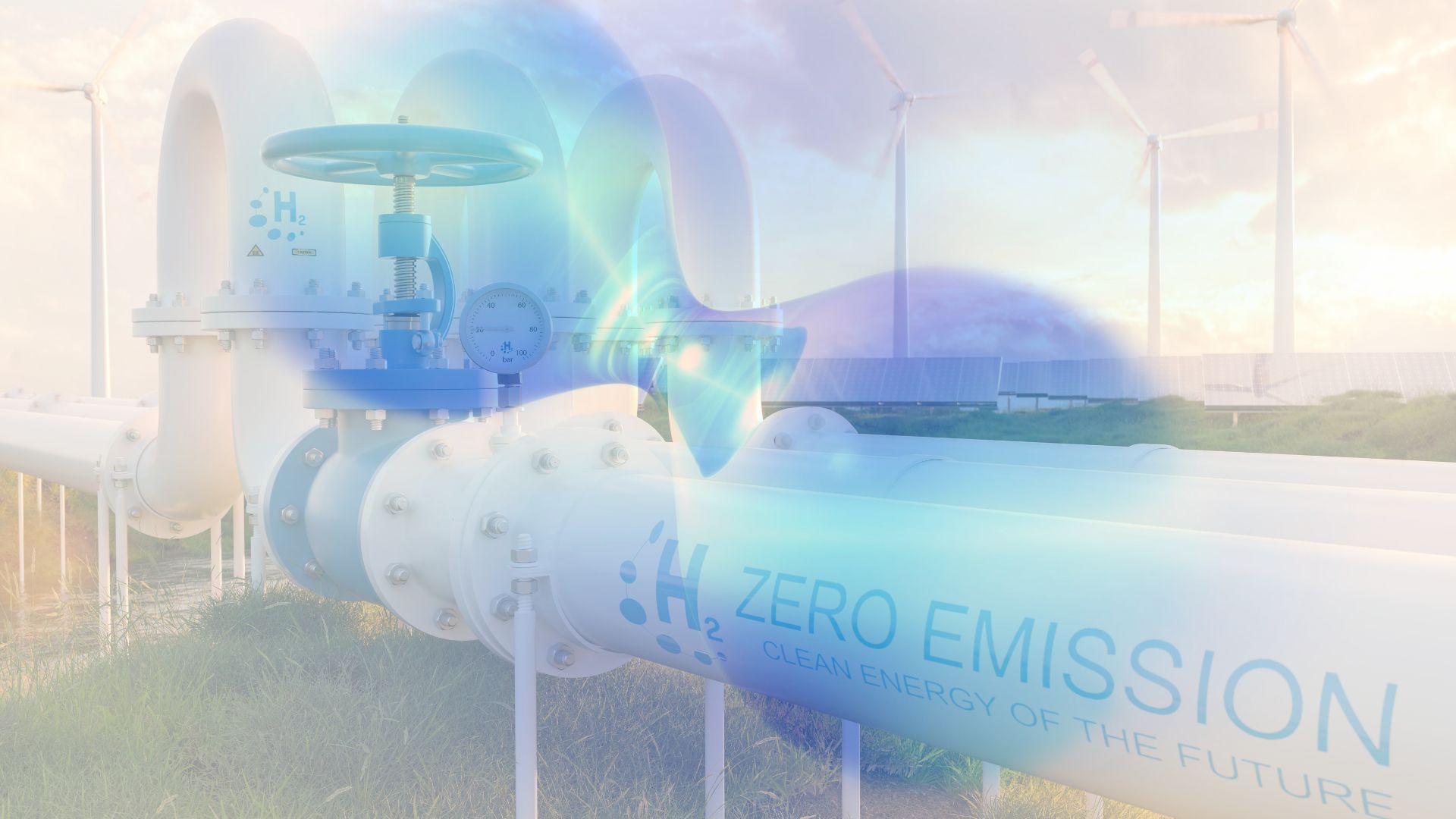The Surprising Role of Hydrogen in the US Semiconductor Boom
Transforming U.S. Semiconductor Manufacturing with a $1.4B Boost The U.S. Department of Commerce (DOC) has announced a $1.4 billion program…
Transforming U.S. Semiconductor Manufacturing with a $1.4B Boost
The U.S. Department of Commerce (DOC) has announced a $1.4 billion program under the CHIPS for America initiative to expand semiconductor manufacturing and packaging capabilities. This investment comes at a pivotal time as global demand for advanced semiconductors continues to surge. Let’s break down what this means, how hydrogen plays an unexpected yet vital role, and why this could be a game-changer for everything from supply chains to national security.
Major Investments in Advanced Packaging
The newly unveiled CHIPS National Advanced Packaging Manufacturing Program allocates $300 million to industry leaders like Absolics Inc., Applied Materials Inc., and Arizona State University to develop next-generation substrates and materials. Advanced packaging, a crucial step in semiconductor production, shields fragile chips, enhances connectivity, and boosts performance.
The largest portion of funding—$1.1 billion—will create Natcast’s Advanced Packaging Facility in Tempe, Arizona. This facility serves as a collaborative space where researchers can test and scale innovations in chip packaging. Imagine it as a playground for cutting-edge ideas, allowing discoveries to transition from the lab to real-world applications.
The DOC is also leaning on partnerships with leading companies like Analog Devices and Coherent Corp. to advance production capabilities. These efforts collectively aim to establish the United States as a hub for state-of-the-art semiconductor production, reducing reliance on foreign supply chains.
The Hydrogen Connection
While semiconductors might not immediately make you think of hydrogen, this link is more critical than you’d expect. Hydrogen plays a crucial role in chip manufacturing, particularly during processes like wafer annealing, etching, and deposition. These steps require an ultra-pure environment, often achieved using specialized gases like hydrogen.
Recent data shows that the semiconductor sector will significantly contribute to rising demand for industrial gases, including hydrogen. According to a market report, demand for semiconductor-related gases could almost double by 2032, aligning with the industry’s rapid expansion. And this isn’t just a trend in the U.S.; it’s a global shift towards advanced, clean-energy-aligned technology.
Why This Initiative Matters
The CHIPS for America program is more than an economic effort. It’s about shoring up national security and reclaiming America’s position in technology innovation. During the 2020 global chip shortage, industries from automotive to healthcare faced production delays, exposing vulnerabilities in supply chains.
By investing in domestic infrastructure, the U.S. is working to ensure a steady flow of high-quality semiconductors. But there’s also a deeper ripple effect at play. These investments spur job creation—tens of thousands of positions, according to the DOC—impacting not only factory floors but also the surrounding communities.
Absolics Inc., for instance, is reportedly developing advanced packaging materials that could improve energy efficiency in end-use devices. Meanwhile, companies like Corning and GlobalFoundries are expanding their facilities, incorporating hydrogen-dependent manufacturing to meet demand. These advancements accelerate timelines, with some facilities expected to be operational within a few years.
What’s Next?
While the program lays the foundation for a brighter semiconductor future, the road ahead isn’t without challenges. Standards-setting, workforce training, and supply chain alignment will require continued coordination among public and private entities.
Yet, the timeline is ambitious. Facilities like Natcast’s in Arizona could be up and running by 2025, ushering in a new era of U.S.-based semiconductor production. If you’re in a tech-dependent industry—or even just someone waiting for the next smartphone release—this means shorter lead times and potentially lower costs in the long run.
How Does This Impact Us Now?
When you hear about massive investments in technology, it’s easy to wonder how it actually affects your day-to-day life. Chances are, the semiconductors produced thanks to these initiatives will end up in things you use regularly—your car, your phone, even the appliances in your home.
This program also ties into broader sustainability goals. Advanced technologies coming from domestic manufacturing facilities could produce chips that are more energy-efficient, lowering the environmental impact of electronics over their lifecycle. The hydrogen connection further highlights the push for cleaner, smarter manufacturing processes.
But there’s something else to consider. Beyond gadgets and green tech, this investment reinforces the importance of resilience. The last few years showed us just how vital it is to have control over critical supply chains. A renewed focus on U.S.-based production gives us all a bit more certainty in an uncertain world.
And that’s what makes this so exciting. It’s not just high-tech; it’s high-tech with a purpose, a step forward that touches everything from energy to economy to education. Imagine the possibilities as these projects take shape—and you don’t have to wait decades to see the benefits. They’re coming faster than you think.
What's Your Reaction?






























































